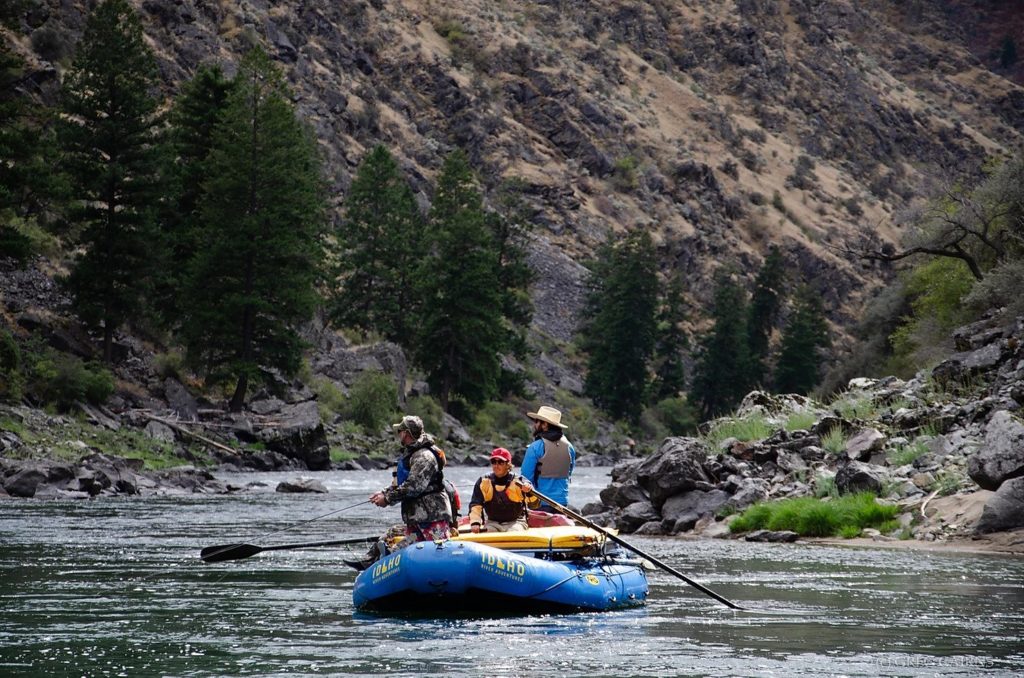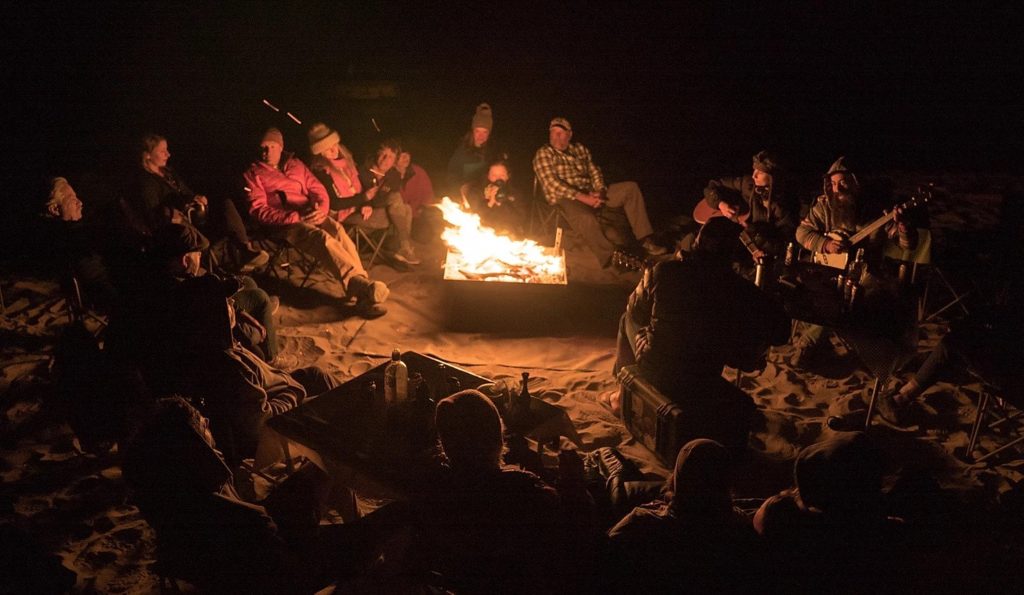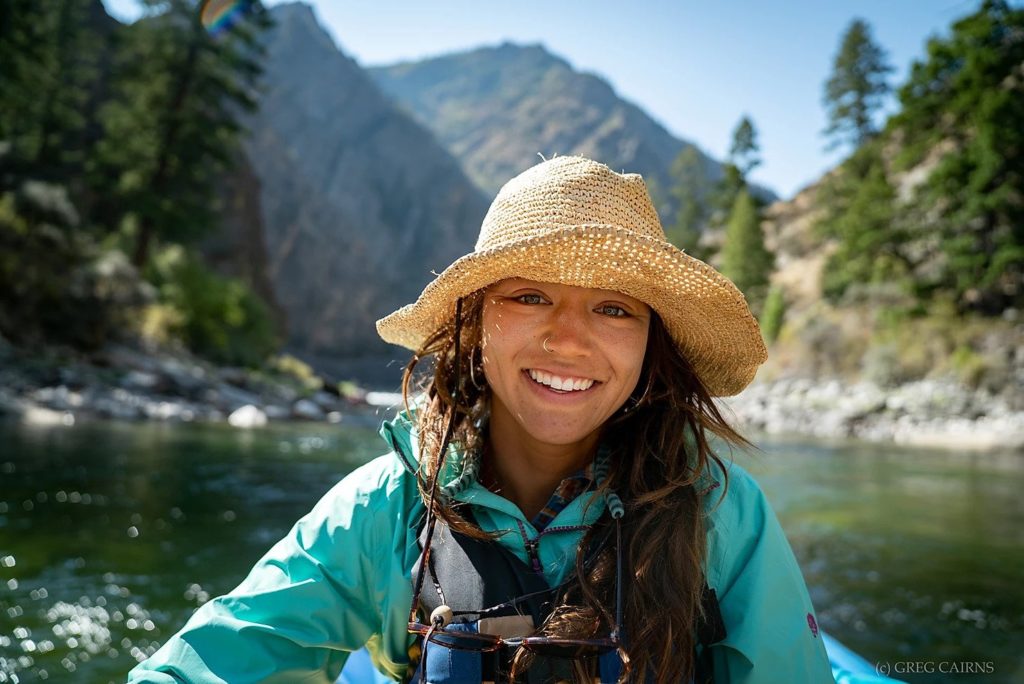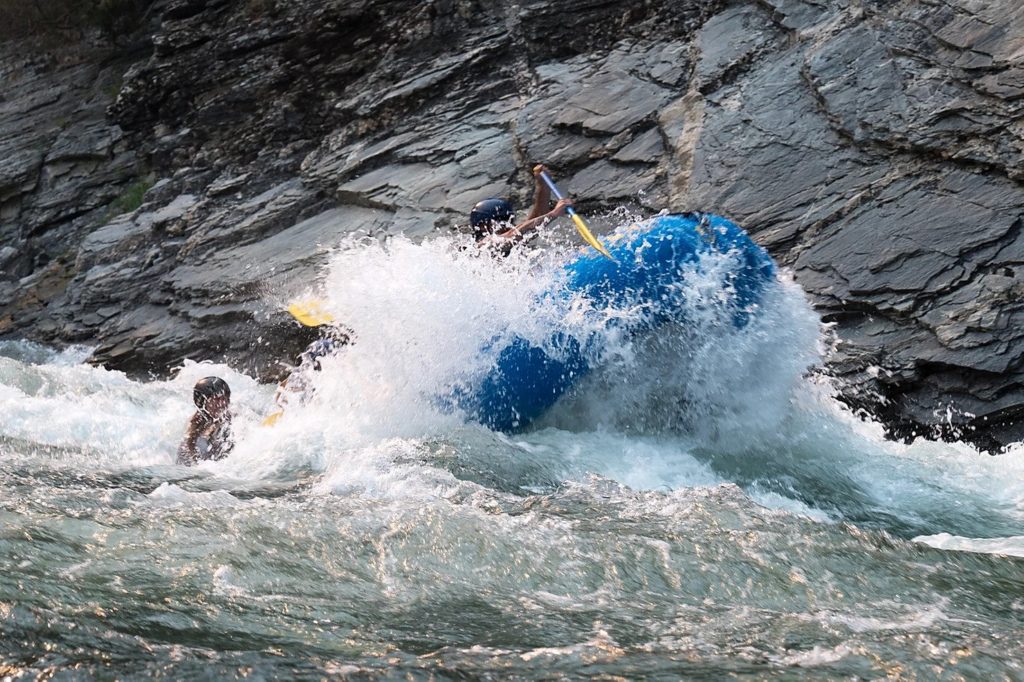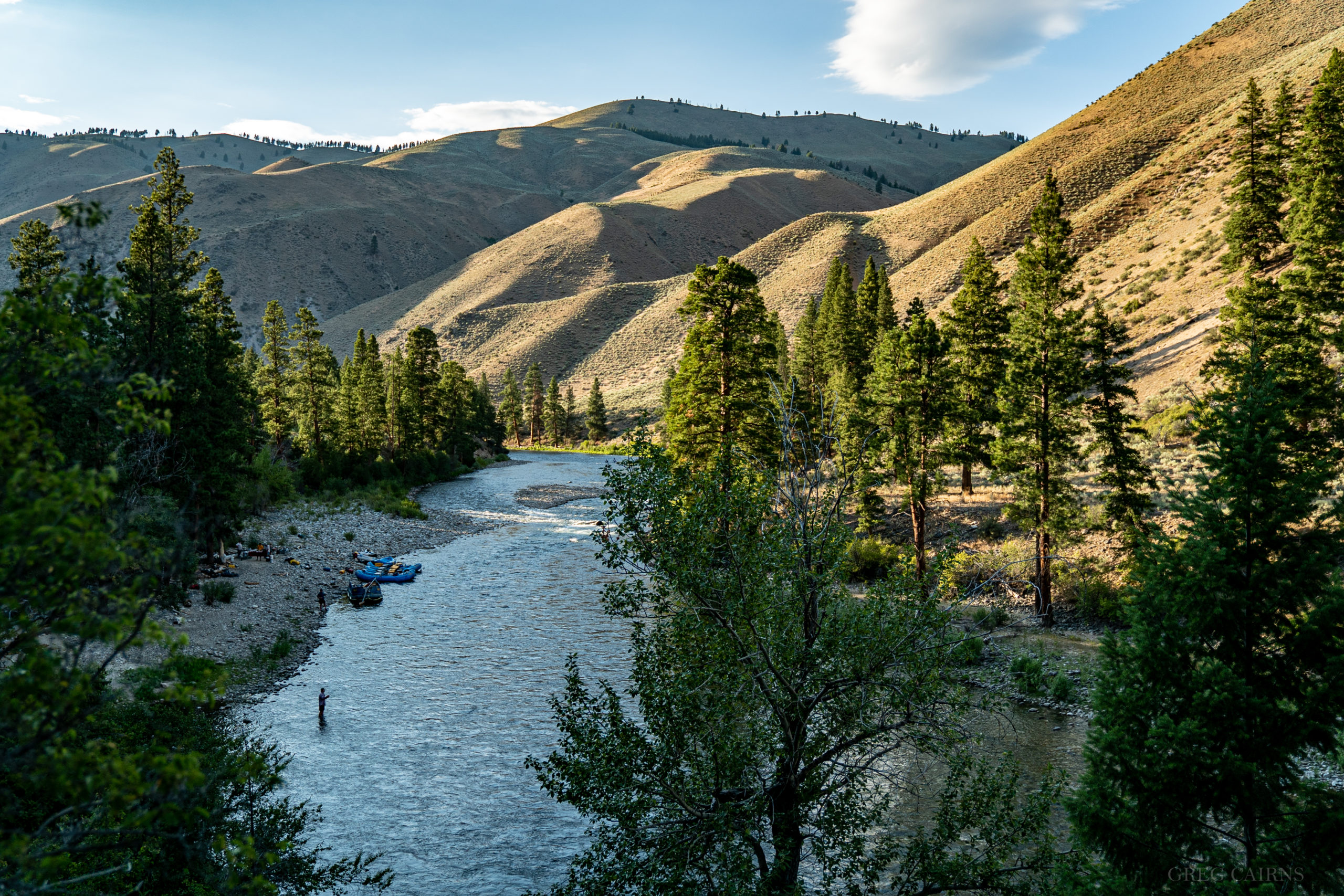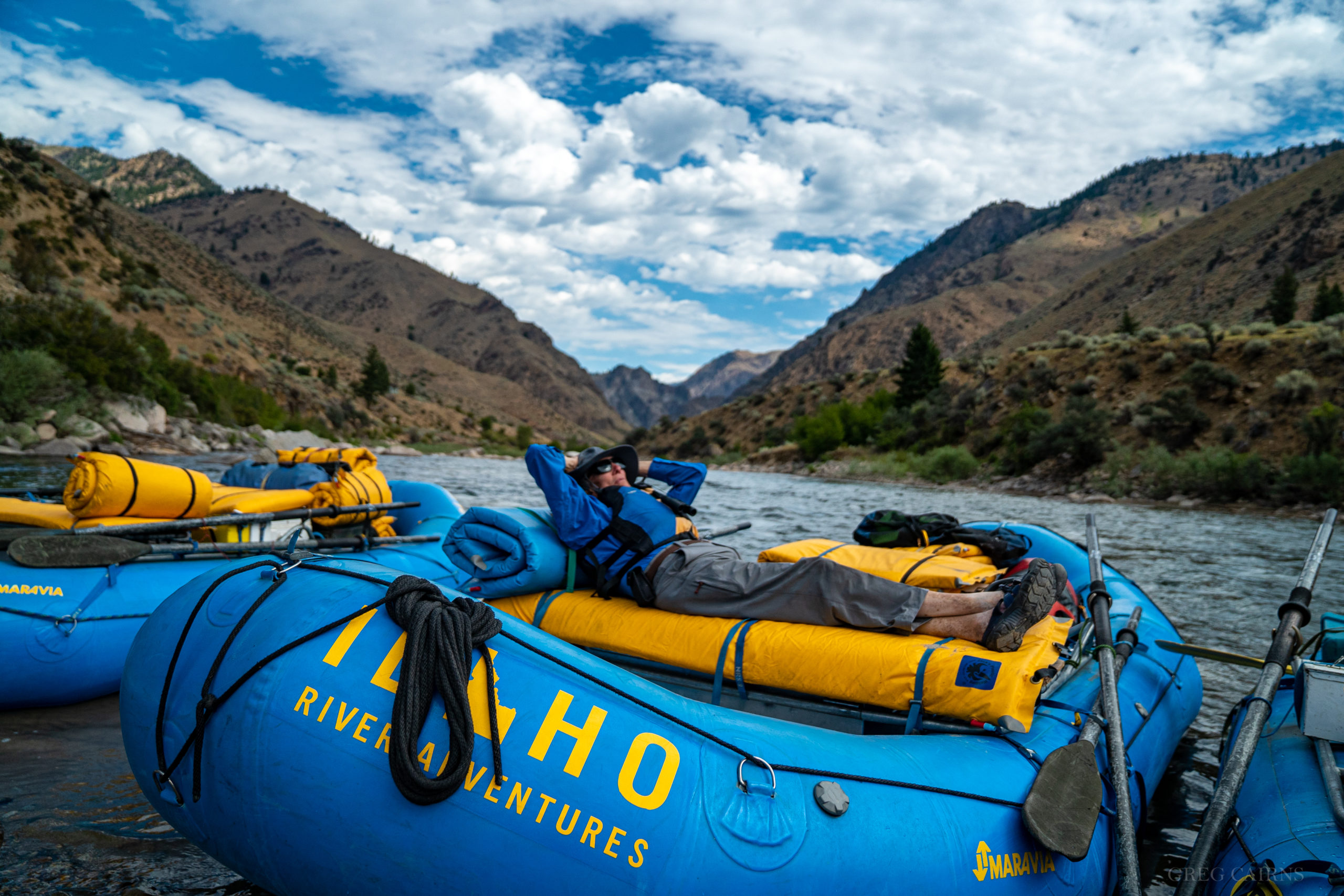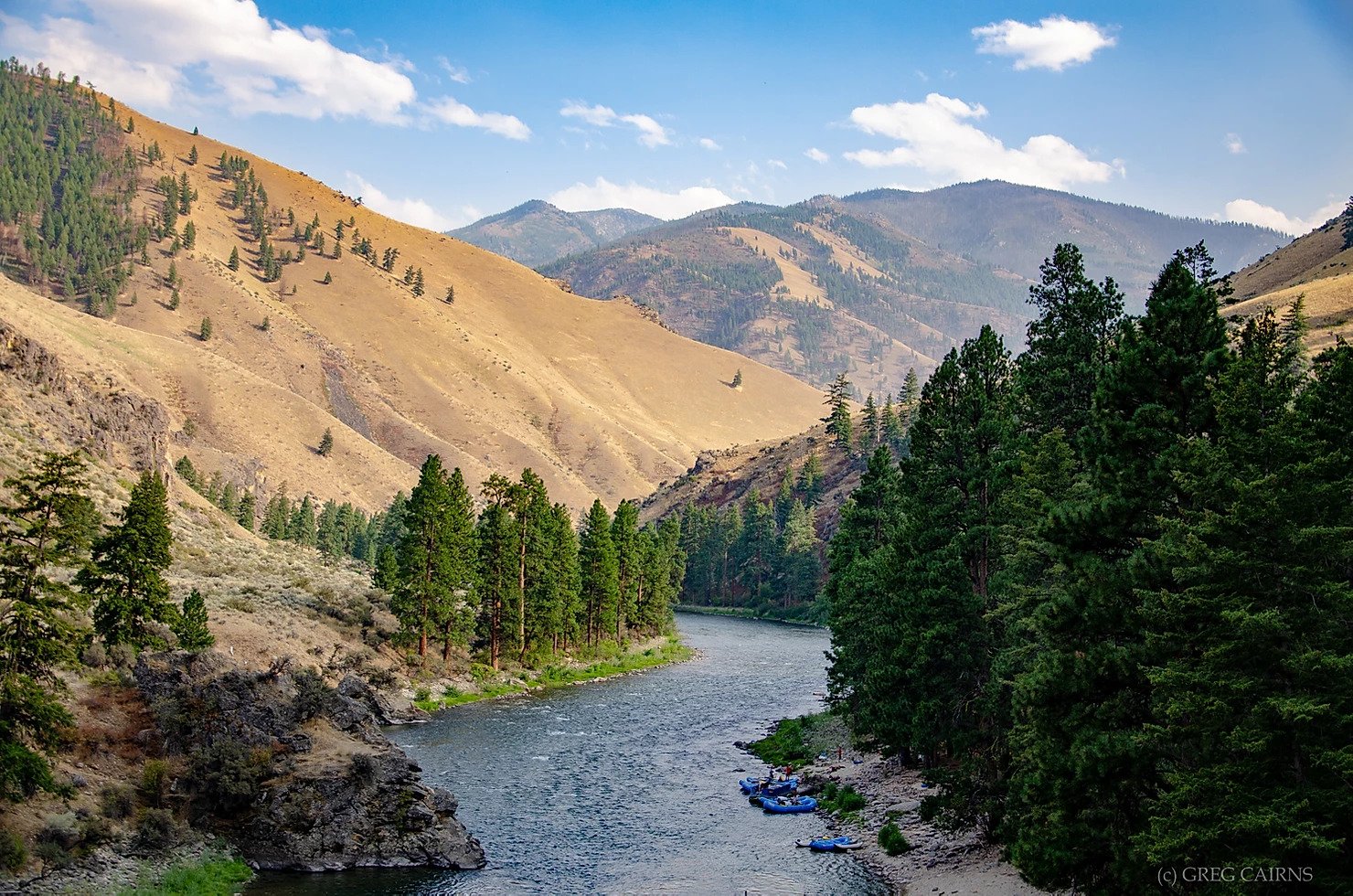
Equipment
They say the best camera I own is the one I have with me. This holds true for photography on the Middle Fork. If you want to bring a camera on the river I wouldn’t worry too much about bringing the most expensive or fanciest camera possible. This is especially true if you're worried about a certain camera breaking. I go on river trips to avoid stress. This is why I recommend a modern point-and-shoot, action camera (GoPro), or small mirrorless camera. They are inexpensive and smaller compared to most DSLRs. I bring a single 24-70mm lens on trips. If you like to shoot wildlife photography, a 70-200mm or longer is great too. One additional helpful piece of equipment is a polarizing or neutral density filter. A filter is essentially sunglasses for our cameras. They cut down on harsh midday glare and usually make landscapes appear more beautiful. Just like your sunglasses. A decent filter doesn’t need to be expensive. They also protect your lens from damage and the elements.
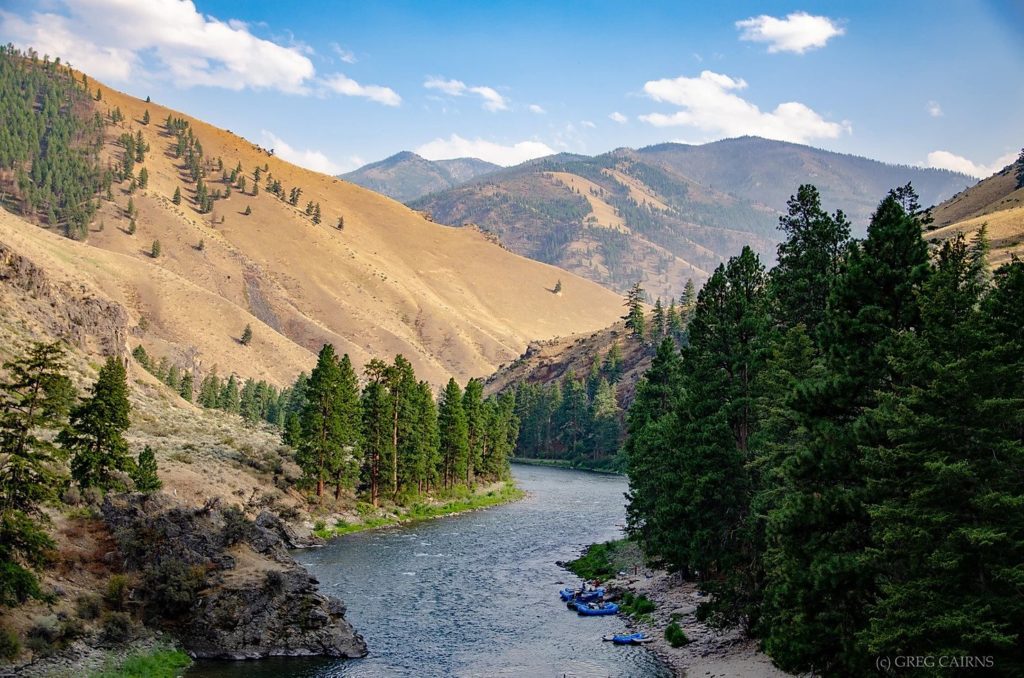
Night Photography
The Middle Fork of the Salmon is in one of the most remote wilderness areas in the country. There are almost no lights to brighten the night sky. A small backpacking tripod helps stabilize the camera for long exposure photographs. It is possible to see the Milky Way Galaxy on a clear moonless summer night. Your camera may be able to see it as well.
Protection from the Elements
There are two main concerns on river trips. Water and sand. Both can cause damage to your camera. It’s a good idea to carry cameras in either a waterproof bag or a hard-sided case. I use a Pelican box. GoPros are nice because they can record videos and photos while protected within their waterproof housing. To prevent water and sand from contacting my camera, I only take the camera out of the case when actively using it. While rowing, the camera stays next to me in its water-resistant case. I simply flip open the case quickly and grab the to take photos. I then put it right back until the next time something catches my eye.
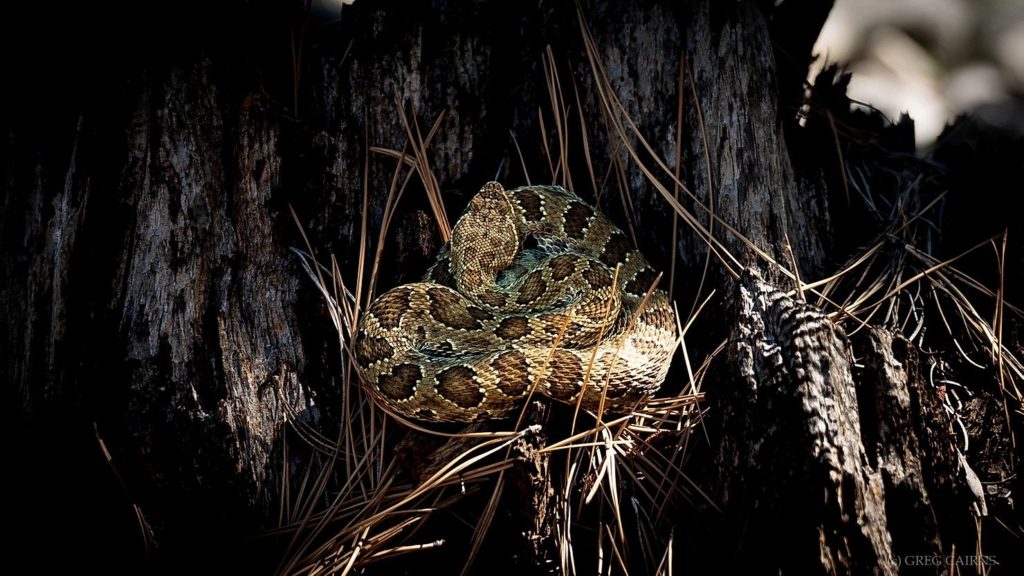
Shutter Speeds and Movement Blur
Another great part of photography on the river is the river itself. Water has a natural beauty to it when it is blurred. To achieve this effect, I lower the shutter speed considerably. Generally, below a shutter speed of 1/70, we begin to see motion blur. For whitewater, I use a shutter speed somewhere between 1/20 and 1/70. Unless a tripod is used, below 1/20 of a second it is difficult to keep anything in focus. We can use the same principle to create movement in our subjects as well. Paddle strokes and oar blades are good examples of this. See you on the river!
